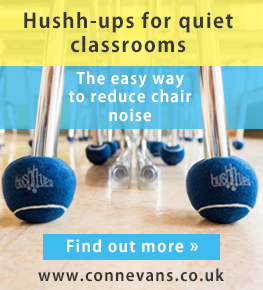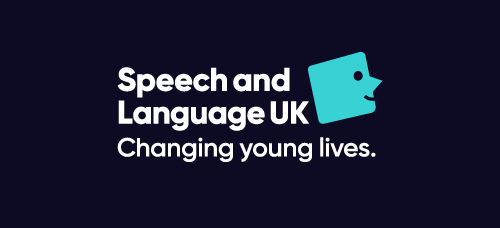BATOD SIG Deafness and Autism event 13 February 2013
Please note: This content has been archived and therefore may no longer be up-to-date or relevant. It is kept online for your convenience. If you have any questions, please contact us.
This was a training and information sharing day for those interested in deaf children and young people on the autistic spectrum; an initial meeting of a BATOD SIG.
Professor Adrian Davis talked to us about the impending health reforms and challenged us to think how we could ensure data on these children and other disabilities could be gathered. Joyce Sewell-Rutter, facilitator of the group set the context for the day outlining the challenge of diagnosis and the paucity of research in the UK. Delegates were encouraged to interact as much as possible as there was considerable experience of autism and deafness, as well as co morbidity, present on the day.
Sandra Driver, Principal Speech and Language Therapist/Joint Paediatric Coordinator of the Auditory Implant Programme at St Thomas Hospital was the keynote speaker. She gave us insightful ideas for management and discussed case studies provided by some of the delegates, giving practical ideas for follow up.
The afternoon began with a presentation from Christine Hussman, ToD at PENN school where they have many children and young people on the autistic spectrum. Christine had been involved with Shanee Buxton, Head of Oak Lodge in designing and implementing an emotional curriculum and this is now in use at Penn. Through video clips and sample pages from the programme we were able to see how the modules worked, how enjoyable the pupils found it and just how important it is for children to recognise emotions in themselves before they can control them, and empathise with others.
We then had an interactive discussion on communication systems and strategies. We covered the acceptance and use of cochlear implants and hearing aids, the role of sign support, the use of Additional and Augmentative Communication systems and dedicated software. Our only regret was that Emily Fitch was unable to join us due to illness. So we all have yet to discover PODD-similar to PECS but which she rates highly and uses with students currently. (see notes below)
The day closed with discussion about the way forward; everyone preferred a follow up training day to a web forum. All agreed to be part of an email network and those who expressed interest but were unable to attend on the day have been added. Evaluations of the day demonstrated this was a very positive start for the BATOD special interest group.
Notes from the day
- Communication StrategiesThings found to be useful
- Visual timetable; boardmaker and personal photos
- Physically removing the items when completed
- Dividing am and pm
- Used with Communication in print/BSL
- Objects of Reference using real items and 3 or 4 things at a time once initiated and understood
- Picture Exchange Communication System
- The vertical or horizontal representation being determined by the preference of the user.
- Training in PECS was desirable to understand the underlying premise that this is a system to encourage ownership and the initiation of communication by the reluctant partner.
- Use of a mini-schedule
- This includes 2-3 elements of planned activities
- Following the habit of what has gone before
- Harnessing user potential-eg to show pattern of literacy session: read, write, colour, stick
- A school system is useful but it has to be developmentally appropriate for the individual user
- Traffic lights to show activities are ongoing or about to stop
- Establish personal preferences and triggers
- Photos customised so the individual is doing something specific so it is directly meaningful
- Ensure limited background focus on key element or else it can be misconstrued
- Have cue cards on you;
- Symbols to reinforce good behaviour or to direct appropriate behaviour
- Individualised reward systems..providing more ‘clout’
- o E.g. earning bits of a model plane leading to completion of a favourite interest o Use train track as base for activity schedule o Being allowed to operate a machine
- Visual timetable; boardmaker and personal photos
- Behaviour
- Early years-eliminate the triggers
- Re head banging use helmets; pillows
- Avoid eye contact
- Avoid touch for some; use firm grasp for others
- Use distraction
- Do a functional analysis-where, when, what, what went before etc
- Replace the function, rehearsing the solution
- Have duty of care for adults
- Be aware that impact on adult can heighten repeat behaviour
- Use a strategy with parallel play when individual is not ready to have people around them
- Early years-eliminate the triggers
- Way forward for the group
- Opportunities to meet people with autism specialisms, and parents and young people involved with autism themselves
- More opportunities for training (don’t forget to use your local autism services)
- Emotional development
- Symbols and PECS-2 day training by pyramid association
- Annual Autism show 14,15 June
- Autism Education Trust present 3 levels of training
- Email forum-swop addresses
- Notes and Presentations from the day available.
For more information, to take part in the Special Interest Group and further training days please contact Joyce Sewell-Rutter



